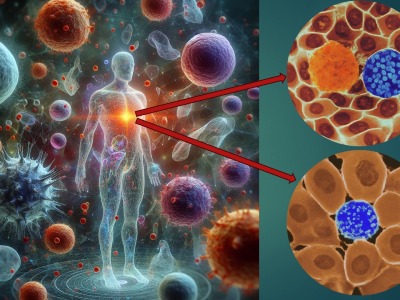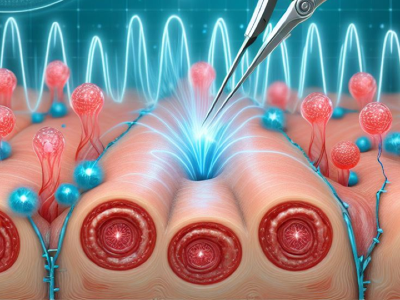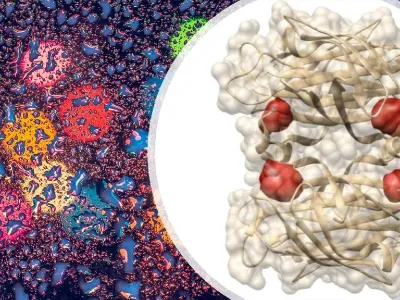Vaccine Development: Understanding the Stages

Vaccines have been instrumental in the prevention and eradication of infectious diseases. They help the immune system recognize and fight specific pathogens, providing immunity and protection from future infections. With the ongoing COVID-19 pandemic, the importance of vaccine development and distribution has become more critical than ever before. In this blog, we will discuss the stages of vaccine development and how they contribute to the creation of safe and effective vaccines.
Stage 1: Exploratory Stage
During the exploratory stage, scientists conduct basic research to identify potential antigens or proteins that can stimulate an immune response. This stage can last for several years, and scientists explore various approaches to identify and isolate antigens.
Stage 2: Preclinical Stage
In the preclinical stage, researchers conduct tests on animals to evaluate the safety and efficacy of the vaccine candidate. The animal models used in preclinical studies should mimic human responses to ensure that the vaccine is safe for human testing. This stage can last for several years and helps identify the best vaccine candidates for further development.
Stage 3: Clinical Development
Clinical development involves testing the vaccine candidate in human volunteers. It consists of three phases:
Phase 1: This phase involves a small group of healthy volunteers to evaluate safety, dosage, and identify any potential side effects.
Phase 2: The vaccine candidate is tested in a larger group of volunteers to determine its efficacy and safety.
Phase 3: This phase involves large-scale clinical trials with thousands of volunteers to determine the vaccine's safety and efficacy in different populations.
Stage 4: Regulatory Approval
After completing clinical trials, the vaccine developer applies for regulatory approval. Regulatory agencies, such as the Food and Drug Administration (FDA) in the United States, review the clinical data and determine whether to approve the vaccine for use.
Stage 5: Manufacturing
Once the vaccine is approved, it enters the manufacturing stage. Manufacturers produce the vaccine on a large scale and distribute it globally.
Stage 6: Post-Marketing Surveillance
Even after a vaccine is approved and distributed, post-marketing surveillance is essential to monitor its safety and efficacy. This stage involves ongoing testing and monitoring to identify any potential adverse effects and ensure the vaccine remains effective against new strains of pathogens.
In conclusion, vaccine development is a complex and lengthy process that involves extensive research, testing, and regulatory approval. However, the COVID-19 pandemic has highlighted the need for faster vaccine development and distribution. Scientists and vaccine developers around the world are working tirelessly to develop effective vaccines to combat the ongoing pandemic and other infectious diseases.
Vikas Kaushik is a Computational biologist with over 12 years of experience in the adult education industry. The majority of his experience in the past is related to teaching Bio-IT courses to graduate and post-graduate students as well as in conducting research to develop therapeutics against infectious diseases by analyzing and interpreting genome, transcriptome, and proteome data. Apart from that, He has a passion to work on medical data from experiments using statistical analysis software and interpret the results to draw conclusions and make recommendations for further research or treatment options to the medical community.



